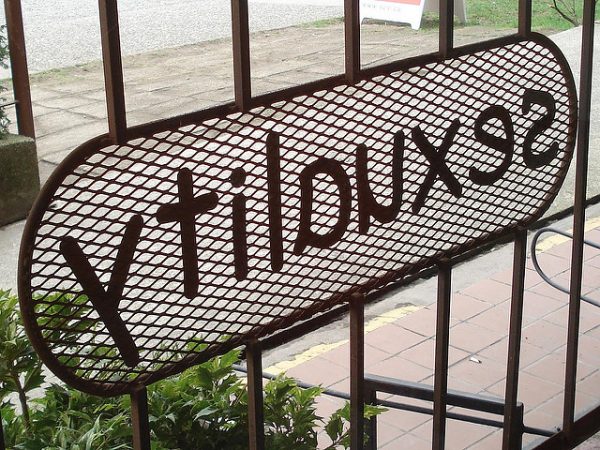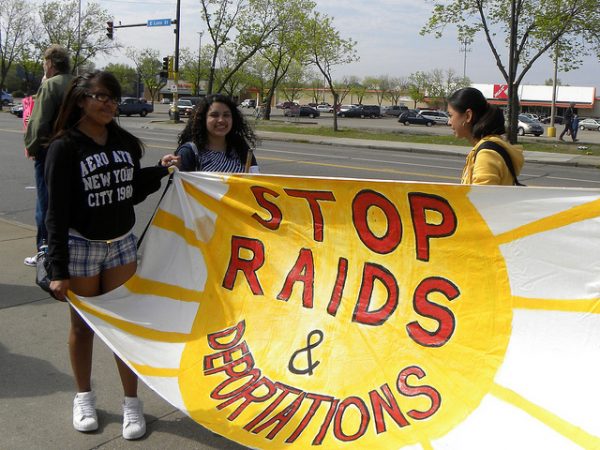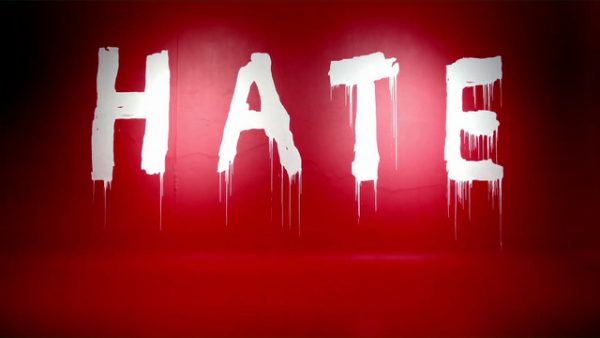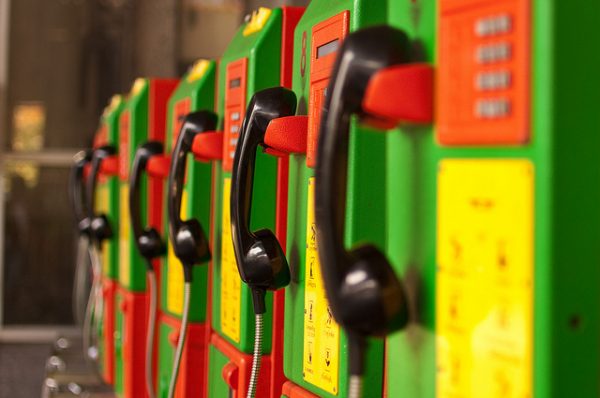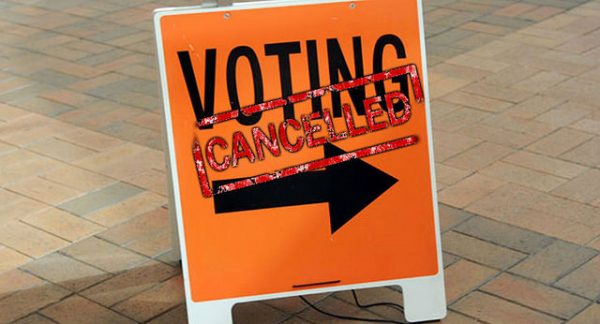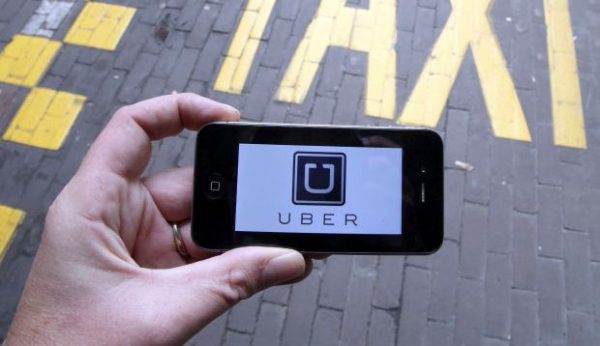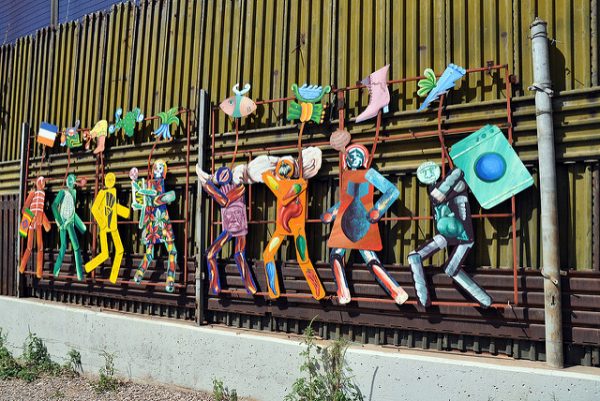
“I will build a great, great wall on our southern border, and I will make Mexico pay for that wall. Mark my words.” These were the words that President Donald Trump said when he first announced his candidacy. Since his inauguration, Trump has continued to talk about his intentions of building the wall, with many companies allegedly bidding for the contract, despite its many obstacles. Many leaders in Latin America have publicly stated that building the wall would not only change the relationship with Mexico, but it would change relationships with the rest of Latin America as well. Trump’s wall would create a physical barrier between the US and Mexico, but it would also intensify what social scientists call symbolic boundaries.
The border acts as the physical manifestation of and “us versus them” mentality by reinforcing differences between groups, which often limits positive contact between groups and can lead to negative stereotypes. For example, physical borders create symbolic boundaries that reinforce national identities by marking the geographic territory where one nationality resides. This often creates tensions by giving further attention to perceived group differences. In the case of Trump’s wall, part of the underlying purpose is to intensify the symbolic boundary between Anglo-Americans in the industrialized world and the Hispanic inhabitants of a developing nation.
- Donald N. Levine. 1996. “Sociology and the Nation-State in an Era of Shifting Boundaries.” Sociological Inquiry 66(3): 253-266.
- Michele Lamont and Virag Molnar. 2002. “The Study of Boundaries in the Social Sciences.” Annual Reviews of Sociology 28: 167-195.
Symbolic boundaries use specific cultural distinctions in order to distinguish one group from another, often along racial, ethnic, and religious lines. In the United States for example, Christians believe having religion creates a morality that is the basis for civic society. Atheists, who have no religion, are believed to lack that morality. This has resulted in atheists being unfairly cast as the symbolic representation of anti-American values. Like the physical wall Trump keeps threatening, these same types of symbolic boundaries work to keep many immigrants, refugees, and other religious minorities from being fully accepted in the U.S.
- Christopher A. Bail. 2008. “The Configuration of Symbolic Boundaries against Immigrants in Europe.” American Sociological Review 73(1): 37-59.
- Penny Edgell, Joseph Gerteis, and Douglas Hartmann. 2006. “Atheists As “Other”: Moral Boundaries and Cultural Membership in American Society.” American Sociological Review 71(2): 211-234.


